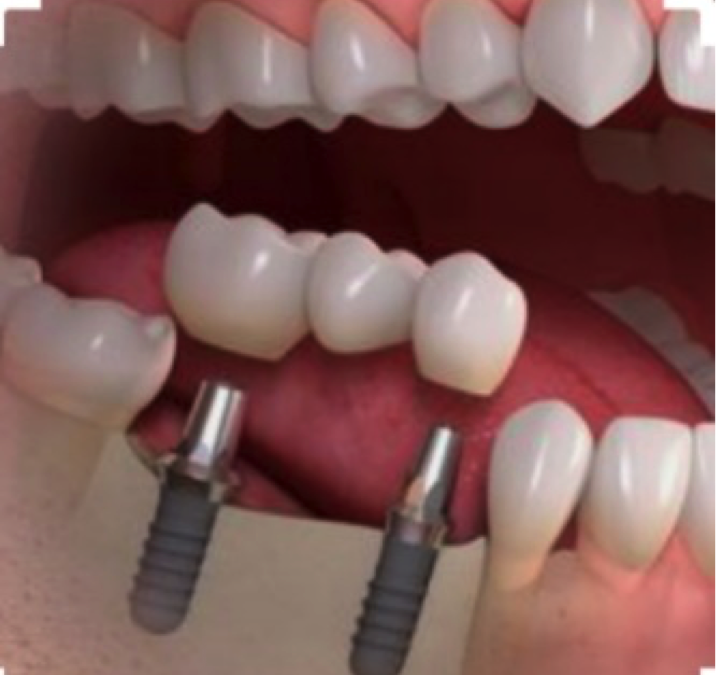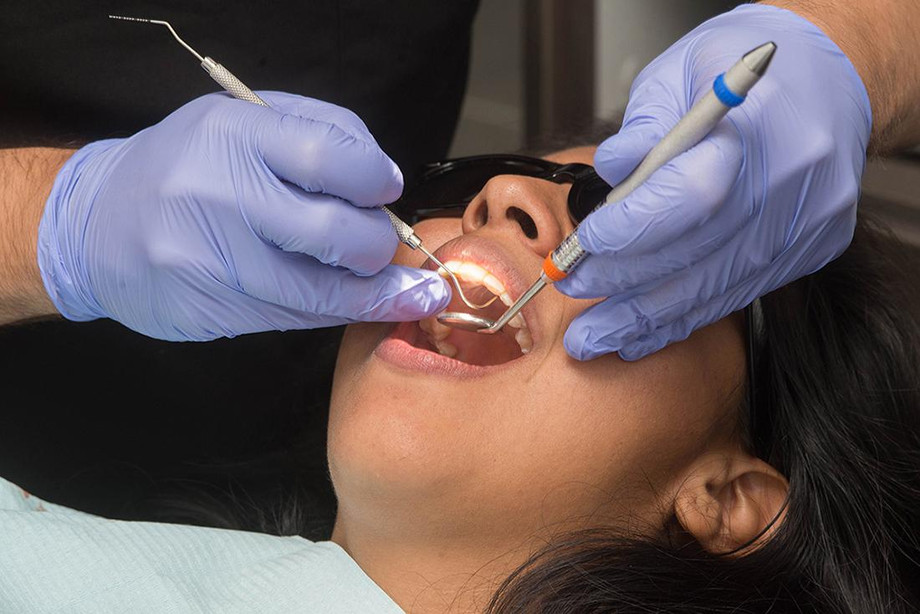What are the Treatment Options for Periodontitis?
A disease that affects periodontal tissues is known as periodontal disease. It affects the alveolar bone, periodontal ligament, cementum, and gum line. Periodontitis and Gingivitis are two categories in which periodontal diseases are classified. The infection can spread to the bone and cause the destruction of tissues if left untreated or unchecked. The teeth will have to be extracted in such cases.
Treatment options for Periodontal Disease Treatment include regenerative and surgical procedures. When it is believed that regenerative procedures will not work only when periodontal surgery is used. Removing the bacteria that are causing the infection is the main aim of the treatment. It can be effectively treated by using antibiotics if the disease is in its initial stages. During the entire treatment procedure, proper oral hygiene is very important. If detected early, periodontal diseases can be easily controlled by maintaining good oral hygiene.
To treat periodontal disease, scaling and root planning are common treatment procedures that are employed. Scaling is performed to remove the plaque layer from the teeth. From the teeth, the plaque layer is mechanically scraped off. To remove the scales ultrasonic instruments may be used. To make the surface of the teeth’s mouth softer root planing is done so that plaque cannot build up.
The treatment procedure will vary depending on the extent of the infection. In the case of moderate periodontal disease, the procedure is the same as that of mild scaling, and root planning is performed and antibiotics are prescribed. However, more visits are required if the infection is more severe. Typically, four visits are needed. Due to the spread of infection, there may be a loss of bony tissue in the case of extreme periodontitis. The surgical procedure may be more invasive and in case of extensive damage to the bone tissue, bone grafting may be required.
The maintenance of proper oral hygiene is an essential part of the treatment procedure. This is called "periodontal maintenance". It is also very essential to visit the dental office once every three months for reevaluation. To prevent the bacteria from repopulating the tissues, regular cleanings are also required. The treatment options are much more successful if the infection is detected in the initial stages. For this reason, it is recommended to visit the dentist often after periodontal treatment.
What treatment does a periodontist provide?
A dentist who specializes in preventing, diagnosing, and treat gum disease is known as a periodontist. The signs of advancing gum problems like oral inflammation will also be managed by them. When the tissues around your teeth get infected causing inflammation then gum disease happens. As it spreads below the gum line, plaque-forming bacteria that build up on your teeth usually cause this swelling.
Gingivitis is known as the early form of gum disease. With treatment, you can control this condition by keeping your teeth and mouth clean and seeing the dentist regularly. Periodontitis or more advanced gum disease may require more extensive treatment. That is when you are required to go to a periodontist.



Every time I visit your blog, I leave with something valuable. Your explanations are always clear and well-organized, making your content a pleasure to read. Thanks for putting so much effort into sharing these insights. Djibouti visa online makes travel planning effortless! Whether you're heading for stunning beaches or unique landscapes, getting your documents ready has never been easier. Enjoy a hassle-free experience from the comfort of your home and prepare for an unforgettable journey filled with culture, adventure, and breathtaking views.
ReplyDeleteExcellent work! I appreciate how well-structured and insightful this blog post was. If you are looking for a convenient travel option, Zambia Kaza Univisa is a great choice. It allows access to Zambia and Zimbabwe under one visa, making travel between the two countries easier. This option is perfect for those wanting to explore multiple destinations without extra paperwork. Checking the visa’s validity ensures that travel plans align properly.
ReplyDelete